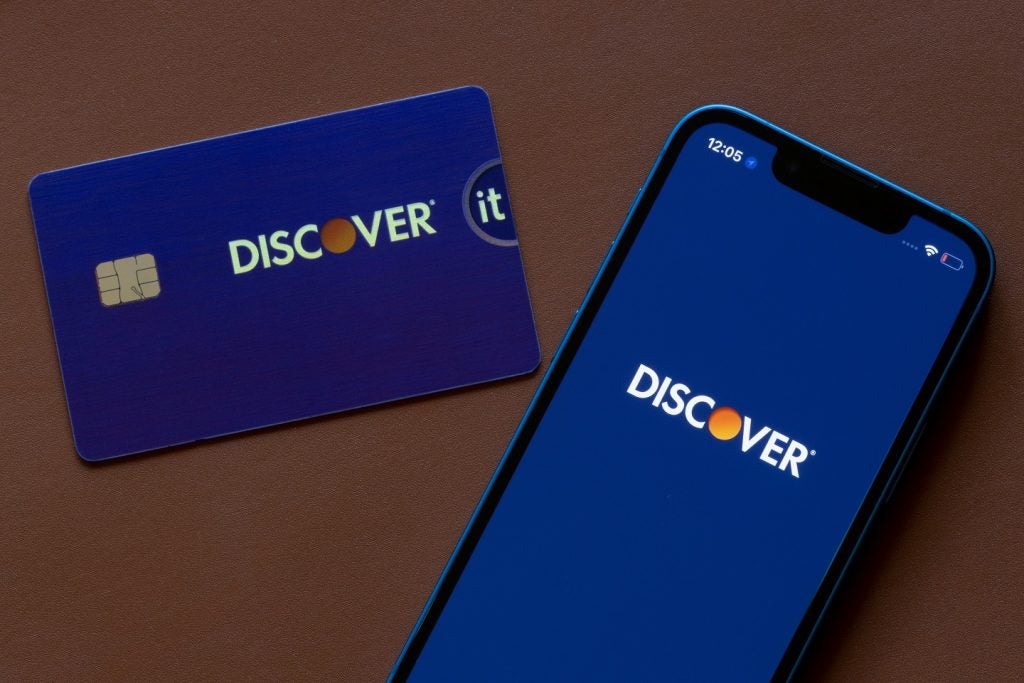
Much verbiage has been expended by the telecom industry regarding the potential for 5G to enterprise organizations and to the network service providers themselves.
After five years or so, the hype has died down considerably as the impact has yet to materialize at the expected scale. For the consumer market, serious questions remain around the potential for 5G—even for standalone 5G, when (once it’s widely available) the full palette of features enabled by the 5G core network and requisite radio spectrum will be realized. Beyond mobile gaming, the conversation tends to stop after connected car-related advances.
A slice of the 5G pie
The enterprise market is different. It’s where 5G was meant to shine, helping to connect and digitize business operations while bringing a new source of revenue growth for network operators. So-called “Massive IoT”, “critical IoT” (for ultra-reliable low latency communications), fixed wireless access (FWA), private and campus networks, and network slicing: these new services would all benefit from the advances in capacity, throughput, latency, and network orchestration that 5G—and especially standalone (SA) 5G—would bring over 4G.
Rolling out 5G has not happened overnight, and most network operators elected to take an evolutionary approach to maximize their investments in their 4G core networks while waiting for the ecosystem to provide 5G SA-certified devices. Outside of Asia, most 5G networks today are still non-standalone (NSA). This has resulted in much less take-up by 2023 than expected of “advanced” solutions, but 5G NSA has had some impact nevertheless.
Non-standalone vs standalone
While 5G SA will enable the full capabilities of what the industry has been hyping since the middle of the last decade, most of the proposed solutions can be served at least in part by 5G NSA.
Massive IoT: What 5G SA can enable is support for one million devices per square kilometer or 10 times the density of 4G. This could then support IoT deployments with a massive number of endpoints, each of which may only need a very small amount of bandwidth. To date, such deployments are difficult to find. Since 2020, GlobalData’s Connected Enterprise Tracker has identified 1,187 IoT deployments using previous generations of cellular technology (largely 4G), but only 75 using public 5G.
How well do you really know your competitors?
Access the most comprehensive Company Profiles on the market, powered by GlobalData. Save hours of research. Gain competitive edge.

Thank you!
Your download email will arrive shortly
Not ready to buy yet? Download a free sample
We are confident about the unique quality of our Company Profiles. However, we want you to make the most beneficial decision for your business, so we offer a free sample that you can download by submitting the below form
By GlobalData5G FWA: Enterprise and SME 5G FWA offers have started to modestly make their mark, increasingly seen as credible alternatives to SME and branch office fixed broadband access and not just as back-up or remote worker solutions. But there is no evidence yet of dramatic rates of adoption or commercial impact.
Private and campus networks: Private and shared spectrum availability in a growing number of countries has propelled solutions for dedicated cellular networks. Operators are also offering virtual or hybrid private networks based all or in part on their own networks. While the supply-side push has been very notable, attracting a wide range of competitors, uptake is more modest than some expected and still relies predominantly on 4G technology (with 5G NSA and SA accounting for just 20-30% of deployments so far).
Network slicing: Although network slicing can be done to a limited extent using 4G (and 5G NSA), and has been used in some cases to deliver FWA and campus networks, the full potential will come with standalone 5G. It will enable a single physical network infrastructure to be divided into multiple virtual slices dedicated for specific use cases or applications, providing highly customized guaranteed performance characteristics.
5G SA network slicing also provides benefits to telecom service providers on the operational side of their mobile networks, providing service flexibility (enabling an exponential increase in portfolio without adding cost) and the ability to deliver tailored services faster, more efficiently, and with strong security characteristics.
We have seen private network solution providers offer 5G SA, which can deliver unique network slices within an organization or campus location. Recently, operators outside of Asia have begun to incrementally launch their public 5G SA networks. This has led to some actual commercial service offerings, bringing the technology beyond lab tests and proofs of concept (PoC) for the first time. Although only 21% of operators known to be investing in 5G have deployed public 5G SA networks so far (according to the Global Mobile Suppliers Association), this percentage will climb over the next 1 to 2 years, leading to even more new enterprise services taking advantage of it.
Once this happens, service providers can begin to design, launch, and even co-create network slicing offers for horizontal and vertical applications, including “B2B2X” services where an enterprise may include a 5G slice in its own digital offerings.
For a summary of use cases, service provider strategies, and initial network slicing services from global 5G network operators, see the recent GlobalData Technology report “5G Network Slicing for Enterprise Services: What’s the Status Now?.”





